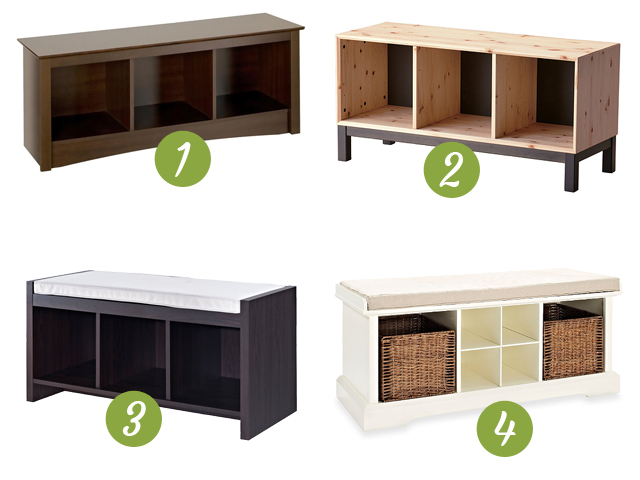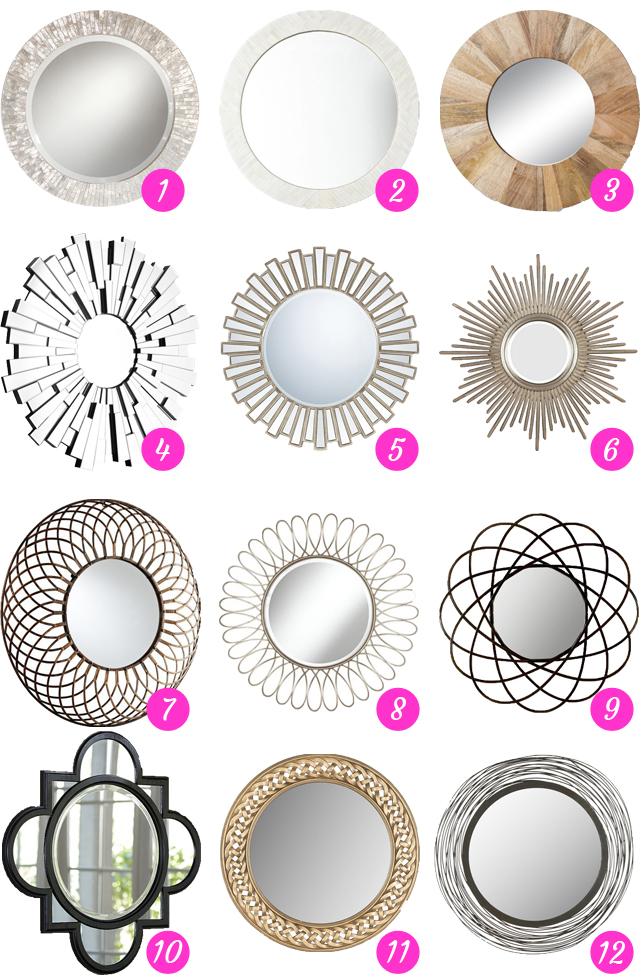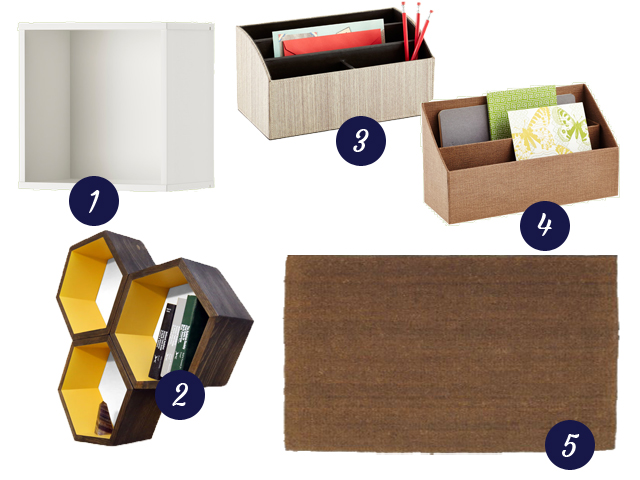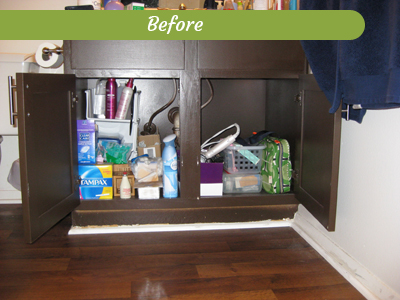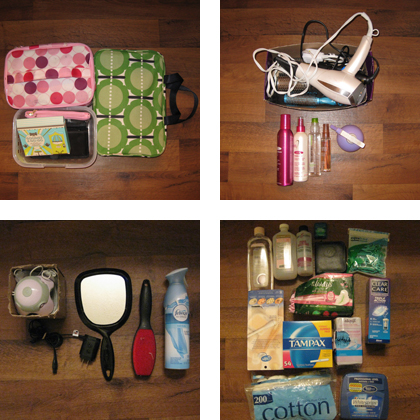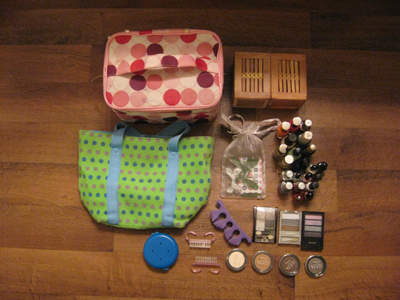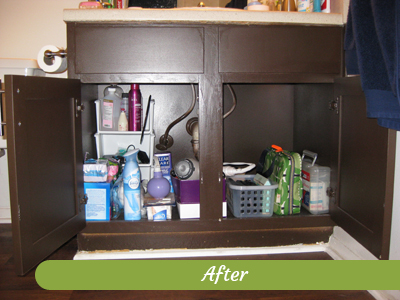At first I was stumped about what to say for this assignment. Cleaning my living room is about as exciting as watching grass grow. I’ve got no helpful tips or funny stories; I simply picked up the things that were out of place and put them away.
Since I was home by myself most of the day and facing down a long list of chores, I pulled up the HGTV Color Splash collection on Netflix. It was only recently added—and I’m so glad, because HGTV is one of the few things I really miss about not having cable—and I figured it might give me some inspiration. Apparently, I’d forgotten how outrageous and, let’s face it, outrageously expensive some of David Bromstad’s designs were. But I still contend that it’s worth watching just to see him create custom artwork for each project.
After watching about 10 episodes, which isn’t as bad as it sounds because each episode is only about 13 minutes long, I looked around and realized how very bare our apartment is. We have one pair of curtains (that I don’t even like very much), no rugs, barely adequate lighting, no artwork, and insufficient furniture. We don’t lack for stuff; we have books, games, electronics, craft supplies, and tools aplenty. But we lack all of things that pull a space together and make it look complete and lived in.
We have more space than we’ve ever had before. In fact, our apartment has about the same square footage as my parents’ single-family starter home. And although it’s probably hard to believe, we picked this place primarily for the location, price, and upgraded appliances, and tend to consider all the space a bonus. Don’t get me wrong, it’s very nice to have, especially when we have people come for the weekend. But moving into a large apartment from a considerably smaller one means that the things we do have seems to be floating like lonely satellites in space.
Seeing rooms like ours transformed from bland or under-furnished into dazzling spaces in a mere 15 minutes tends to be really discouraging, no matter how many times you remind yourself that the design and renovation process took a lot more time and money than the show lets on. This is only compounded when the homeowners have already decorated all of their other rooms, and this last one is just the final piece of a nearly completed puzzle.
When you’ve got an apartment where none of the rooms are even close to being finished, it’s hard to even know where to start. Do you start with the smallest space or the space that’s “furthest along” in its decorating journey, so you have a completed project more quickly? Do you start with the space you use most often, or the one that’s most visible?
To keep this sense of discouragement from spiraling out of control, I took a moment to concentrate on three things:
- We see the shortcomings in our space, and we’re committed to working on them. I talked just a few days ago about creating a functioning landing strip, and I already know that when I have the right elements I’m going to float the furniture in the living room to create a cozier TV viewing/game playing spot. We’ve thrown around ideas for a better office configuration that accommodates furniture for a guest room. The only thing holding us back from painting is picking colors, and we’ve been talking about that a lot recently. The January Cure was just a warm-up, a way to prime our apartment for the change to come. There’s no point in beating myself up over the ways things are when we’re already on a path toward change.
- Adding things to our space slowly allows for flexibility and change. Transforming a room in one fell swoop might be satisfying because I get to see a dramatic change, but it leaves a lot of room for disappointment and frustration. If I were to commit to changing everything at once, then I would be limited to what’s available right now. I may end up compromising on an item’s size, shape, or color in order to complete my project, or compromising my budget to secure the exact thing I want now rather than waiting for a more affordable option down the line. I’d also be committing myself to something I might think I need or love, but don’t. It can be hard enough to stomach a single bad purchase—how much more so if I had a room full of them?
- Decorating should be a joy, not an obligation. Decorating takes time and resources, just like any other hobby. It’s certainly not required to live in a space. (Goodness knows we got by just fine for five years without buying a rug or hanging a painting.) If it’s not fun for me, then I don’t need do it. If I’d rather spend money to see a movie than save up for a lamp, I’m the one who has to sit in the dark—and if sitting in the dark doesn’t bother me, then I don’t need to regret choosing the movie over the lamp. Sometimes saving up for things to improve the apartment will be my priority, and sometimes it won’t. Sometimes I may not have a choice about it, such as on that inevitable day when our one car needs some kind of expensive maintenance. Personalizing our space should be an experience I look forward to, not a chore I dread or a task to check off.
I also remind myself that we aren’t likely to live here forever. Ideally, we’d like to buy a house in a couple of years. But we could end up moving before that, if a compelling opportunity presented itself. There are always events outside of our control. Things happen. In any case, it’s unlikely that we’ll ever “finish” this space. That’s not reason not to make it nice while we’re here, but I’d be dooming myself to failure if I made “fully decorate our apartment” a goal of mine.
I won’t lie and say that that those reminders completely alleviated my feelings about the apartment being bare and style-less, but they did take the edge off. Planning a couple of projects post-Cure helped, too. I’m looking forward to February.
What do you do when your home starts to get you down? Any quick pick-me-ups to help get you past its perceived faults? It’s totally okay if your answer is “window-shop like crazy” or “dream of buying a new house.” I’ve got nothing against a little fantasy.

